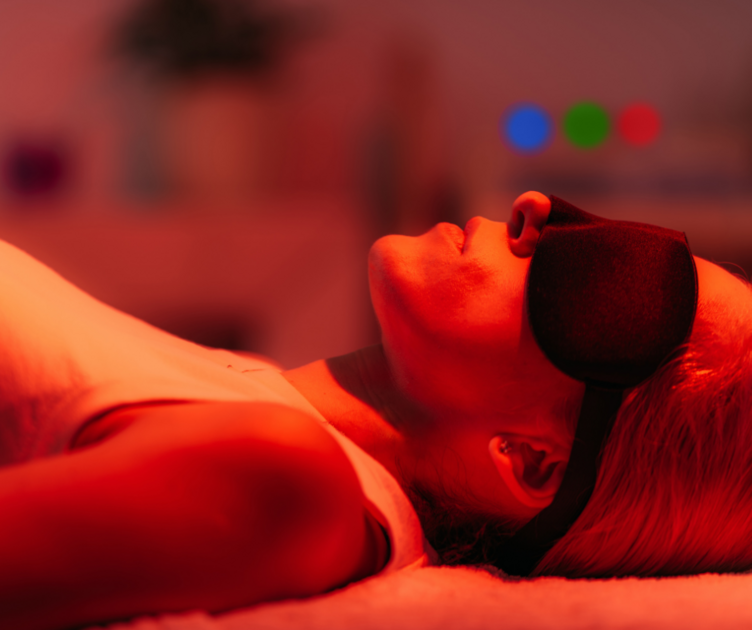Potential Benefits Associated with Red Light Therapy

Red light therapy, also known as low-level laser therapy (LLLT) or photobiomodulation (PBM), involves exposure to red or near-infrared light wavelengths. Here are some potential benefits associated with red light therapy:
-
Improved Skin Health: Red light therapy has been shown to stimulate collagen production, which can improve skin texture, reduce wrinkles, and enhance overall skin tone. It may also help with conditions such as acne, rosacea, and psoriasis.
-
Pain Relief: Red light therapy has analgesic (pain-relieving) effects and may be beneficial for reducing pain and inflammation associated with conditions such as arthritis, muscle strain, and joint pain.
-
Wound Healing: Red light therapy can accelerate wound healing by promoting cellular repair and regeneration. It may be used to treat wounds, cuts, bruises, and other skin injuries.
-
Hair Growth: Some studies suggest that red light therapy may stimulate hair growth by increasing blood flow to the hair follicles and promoting the proliferation of hair cells. It may be used as a treatment for conditions like alopecia and hair loss.
-
Improved Mood and Sleep: Red light therapy has been shown to have positive effects on mood and sleep by regulating circadian rhythms and increasing the production of serotonin, a neurotransmitter associated with mood regulation.
-
Enhanced Athletic Performance and Recovery: Red light therapy may help athletes improve performance, enhance muscle recovery, and reduce muscle fatigue by increasing mitochondrial function and reducing oxidative stress.
-
Joint Health: Red light therapy can help alleviate pain and inflammation in joints affected by conditions such as osteoarthritis and rheumatoid arthritis, leading to improved joint mobility and function.
-
Brain Health: Some research suggests that red light therapy may have neuroprotective effects and could potentially be beneficial for conditions such as traumatic brain injury, stroke, and neurodegenerative diseases like Alzheimer's and Parkinson's.
It's important to note that while there is a growing body of scientific evidence supporting the benefits of red light therapy, more research is needed to fully understand its mechanisms of action and optimize its therapeutic applications. Additionally, individual responses to red light therapy may vary, and its effectiveness may depend on factors such as the specific parameters of light exposure (wavelength, intensity, duration), the target area of treatment, and the individual's overall health status. It's always advisable to consult with a healthcare professional before starting any new therapy or treatment regimen





